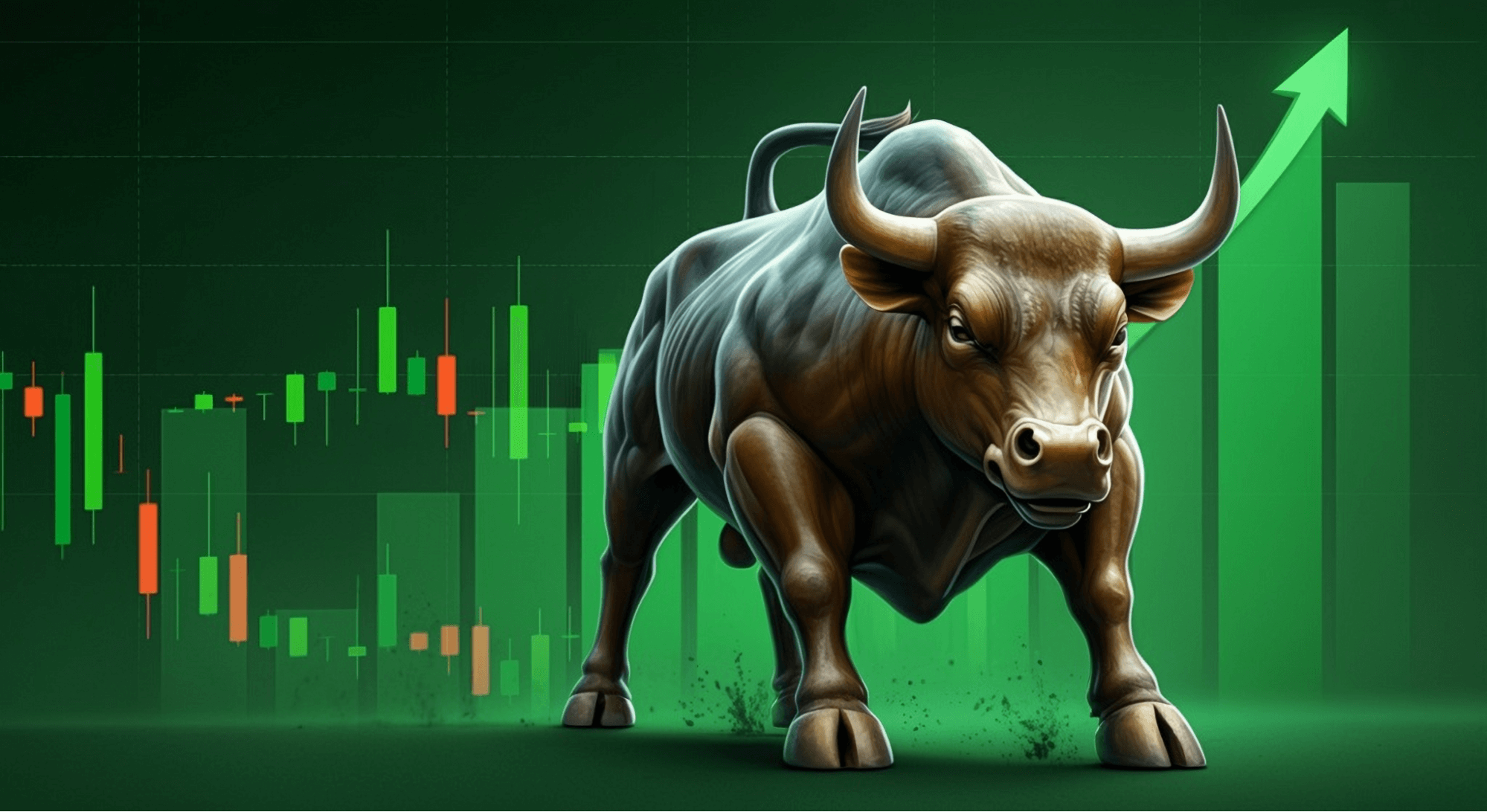
Posted October 02, 2025
By Enrique Abeyta
What Yom Kippur Can Teach Us About Investing
Markets, like life, are built on cycles. Gains and losses. Success and failure.
The best investors don’t just celebrate their wins — they study their losses to learn how to improve.
I’m reminded of this fact today on Yom Kippur.
In the Jewish religion, today is the culmination of a period of reflection into a 25-hour observance called Yom Kippur (the Day of Atonement).
Most people wouldn’t expect religious observances to have any relationship to trading and investing. But I see it differently.
Our global religious traditions have developed over thousands of years and exist to deal with the questions and challenges of our existence.
The fundamental challenges are the same today as they were 4,000 years ago when Judaism was likely founded.
It may sound like an unusual analogy, but these human challenges are also those that define the nature of the markets, which are driven by human emotion.
A Moment of Reflection, a Lifetime of Better Returns
The most well-known aspect of Yom Kippur is the idea of atonement. This involves asking for forgiveness for what we have done wrong in the previous year.
What’s less well-known is what happens before today, a period of intense self-reflection called the Ten Days of Awe.
This is a period where Jews are asked to reflect critically on what they have done wrong in the previous year.
They are expected to engage in a hard examination of their words and actions and identify where they have failed or could have done better.
Personally, I write a list. A type of ledger where I identify mistakes, poor choices, and where I can make improvements.
This list is remarkably like the type of reflection that’s necessary to become a better trader and investor.
This is the first way in which Yom Kippur can teach us something about becoming a better investor.
To improve in the markets, you must constantly review your track record to identify repeated errors and then figure out how to eliminate them from your process.
This process also needs to be brutally honest. It’s easier to see this in our trading (rather than our personal lives) since the stock market provides a scoreboard.
The key is to remove our ego from the process and accept our fallibility and faults. Only by doing that can we make real improvements.
What’s fascinating to me is that the mistakes we make as humans — like the mistakes we make as investors — are often the same year after year.
We absolutely can improve both as investors and humans, but many of our core challenges are deeply ingrained in our psyche.
Some of these are the result of our backgrounds and upbringing, and some of them are simply a part of our human biology.
The drivers of our mistakes will differ for each of us according to our experience.
This is the second way in which Yom Kippur can inform our trading process.
It’s important to try to understand what the particular drivers of our systematic errors are.
While we are all driven by the same human psychology, the emphasis and strength of those biases will depend on the individual.
Trading is easier for some folks and harder for others. Believe it or not, the same could be said for long-term investing.
It is important that you figure out which strategies are best for you.
Not that you cannot master both (and most people can), but playing to your natural strengths will make it easier.
It’s About Returning, Not Repenting
The final aspect of Yom Kippur that can help you improve in the markets is one that most people are not familiar with: the idea of “t’shuvah.”
This is the Hebrew word closely identified with this period. It’s often thought to mean repentance, but it doesn’t. It means return.
The idea is that we all have the capability to be better human beings — no matter the mistakes that we have made in the past.
Judaism holds that we were created in the image of G-d and can all return to a better self. Even if you don’t take this literally, the core idea is that we all have the potential to be better.
We might never be perfect, but we certainly can improve. This is true in life and true in the markets.
None of us will ever be a perfect trader or investor. But through hard work, a real accounting of our errors, and understanding our own biases, we can improve.
This is the entire reason why I left active money management and write here at Paradigm Press.
It is my belief that EVERYONE has the opportunity to become a good (and even great) investor and to develop skills that can change you and your family’s financial future.
On this Yom Kippur, I encourage you to do the hard work to achieve this goal. I also want to remind you that it is possible for each and every one of us!
A blessing on all of you on this day.
Sign Up Today for Free!
Truth & Trends brings you market insights and trading tips you won't find anywhere else — unless you have your own personal hedge fund manager on speed dial...
Meet Enrique Abeyta, one of Wall Street’s most successful hedge fund managers. With years of experience managing billions of dollars and navigating the highs and lows of the financial markets, Enrique delivers unparalleled market insights straight to your inbox.
In Truth & Trends, Enrique shares his personal take on what’s moving the markets, revealing strategies that made him a star in the world of high finance. Whether it’s uncovering the next big trend or breaking down the hottest stocks and sectors, Enrique’s insights are sharp, actionable, and proven to work in any market condition.
Inside these daily updates, you’ll gain:
- 50 years of combined trading wisdom distilled into actionable insights.
- A behind-the-scenes look at how Wall Street pros spot opportunities and avoid pitfalls.
- Exclusive strategies that Enrique personally uses to deliver exceptional returns — no fluff, just results.
To have Truth & Trends sent directly to your inbox every weekday, just enter your email address below to join this exclusive community of informed traders.
Don’t miss your chance to learn from one of the best in the business.
Sign up now and take your trading game to the next level.
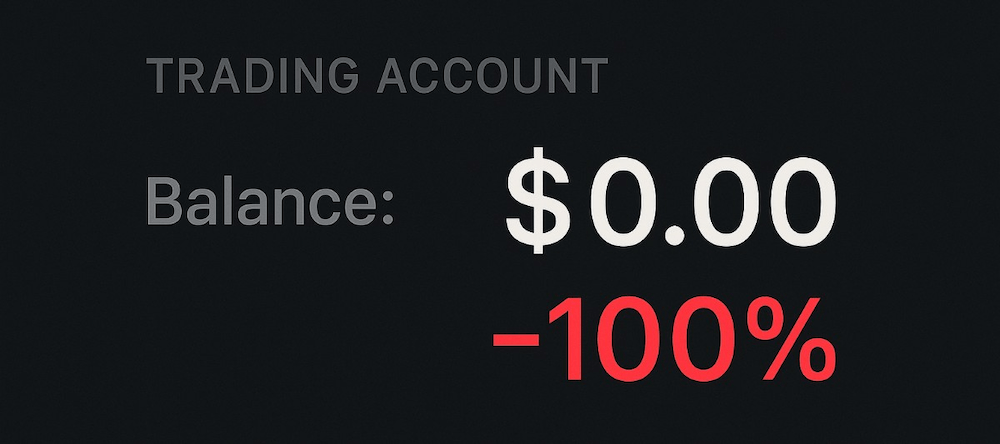
The Leverage Trap: A Painful Lesson in Risk
Posted October 17, 2025
By Greg Guenthner
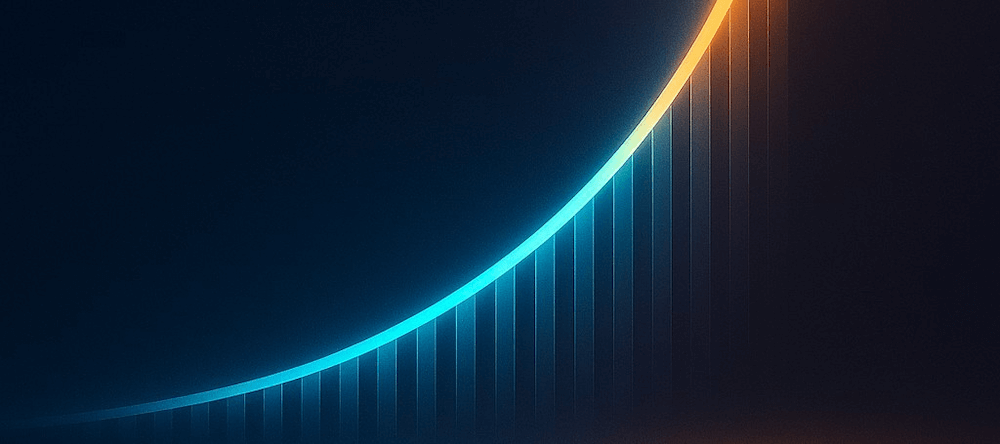
4 Hard Truths for a Parabolic Market
Posted October 16, 2025
By Enrique Abeyta
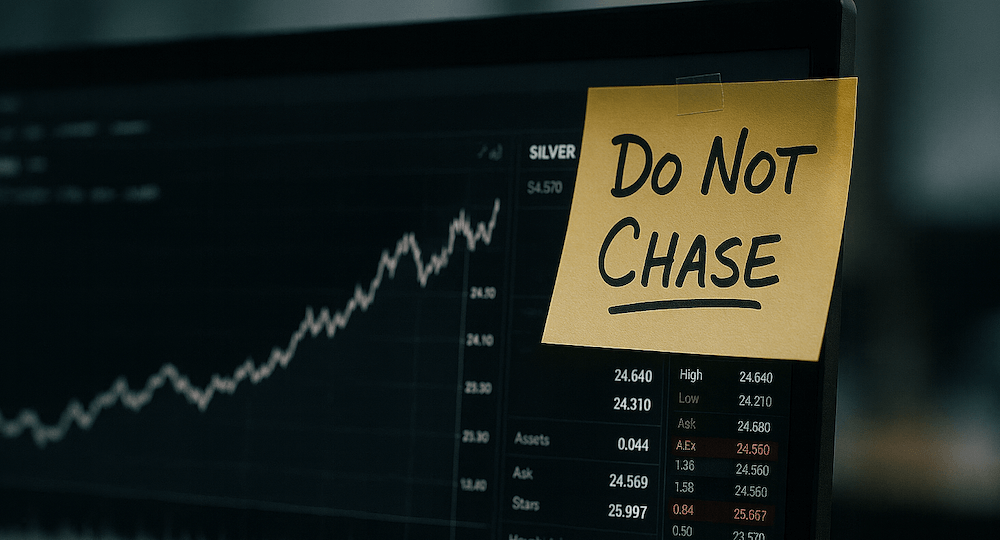
Death By Greed: Silver Edition
Posted October 14, 2025
By Ian Culley
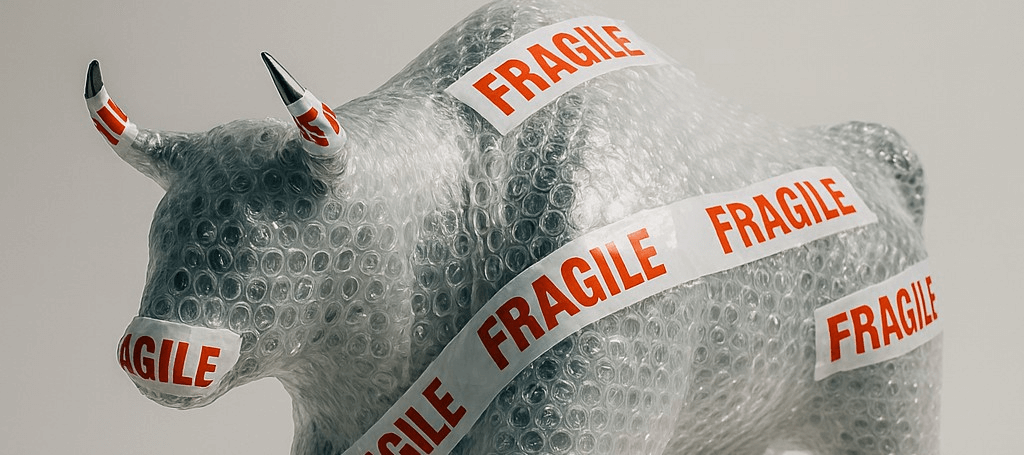
Everyone Loves the Rally…. Except the Data
Posted October 13, 2025
By Enrique Abeyta

How to Handle a Bubble — You Have Four Options
Posted October 09, 2025
By Enrique Abeyta
